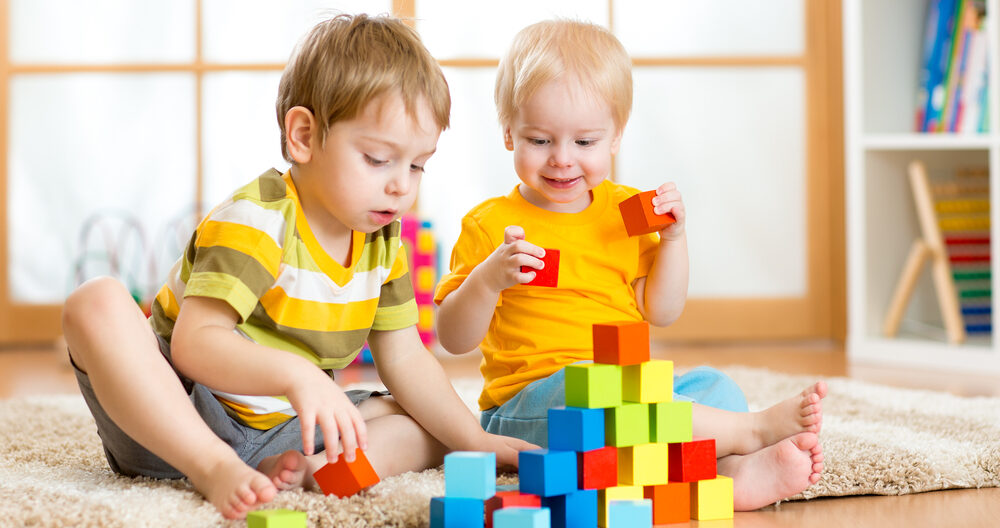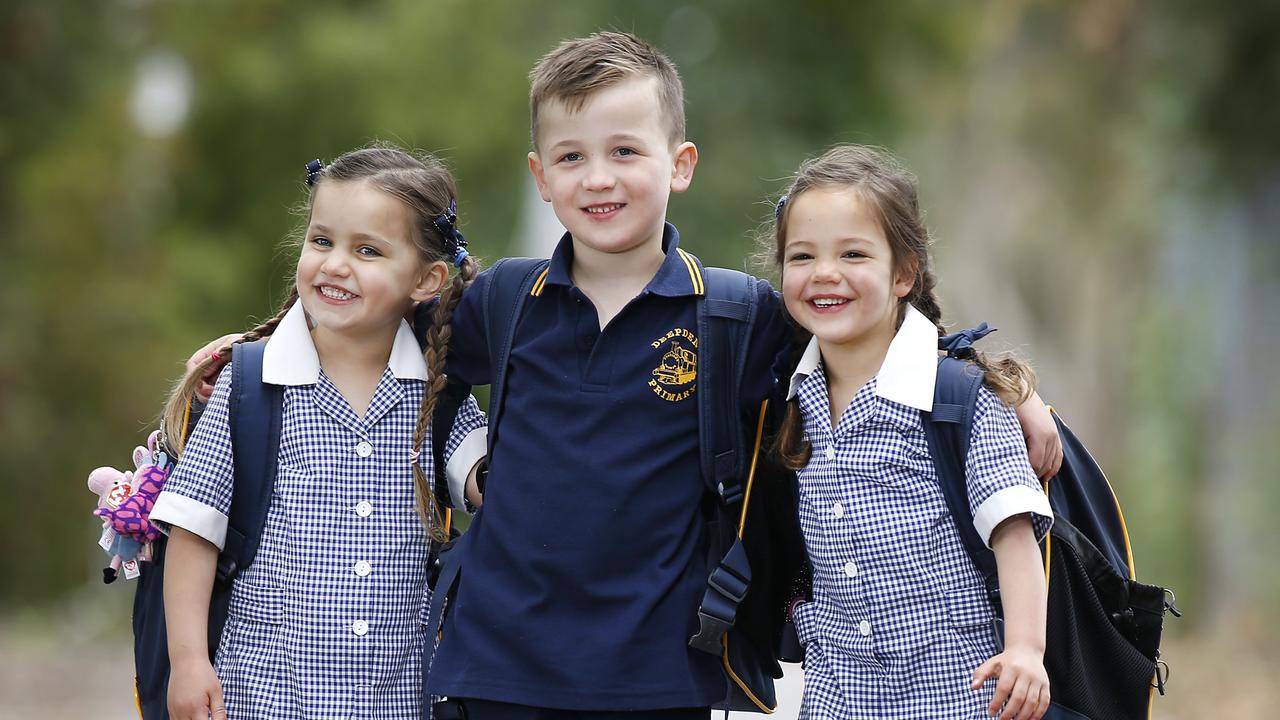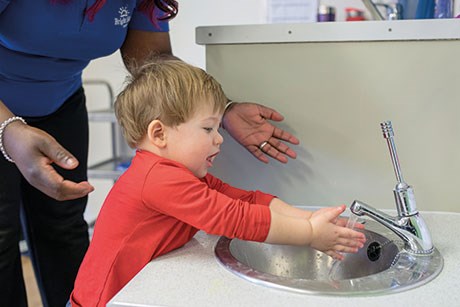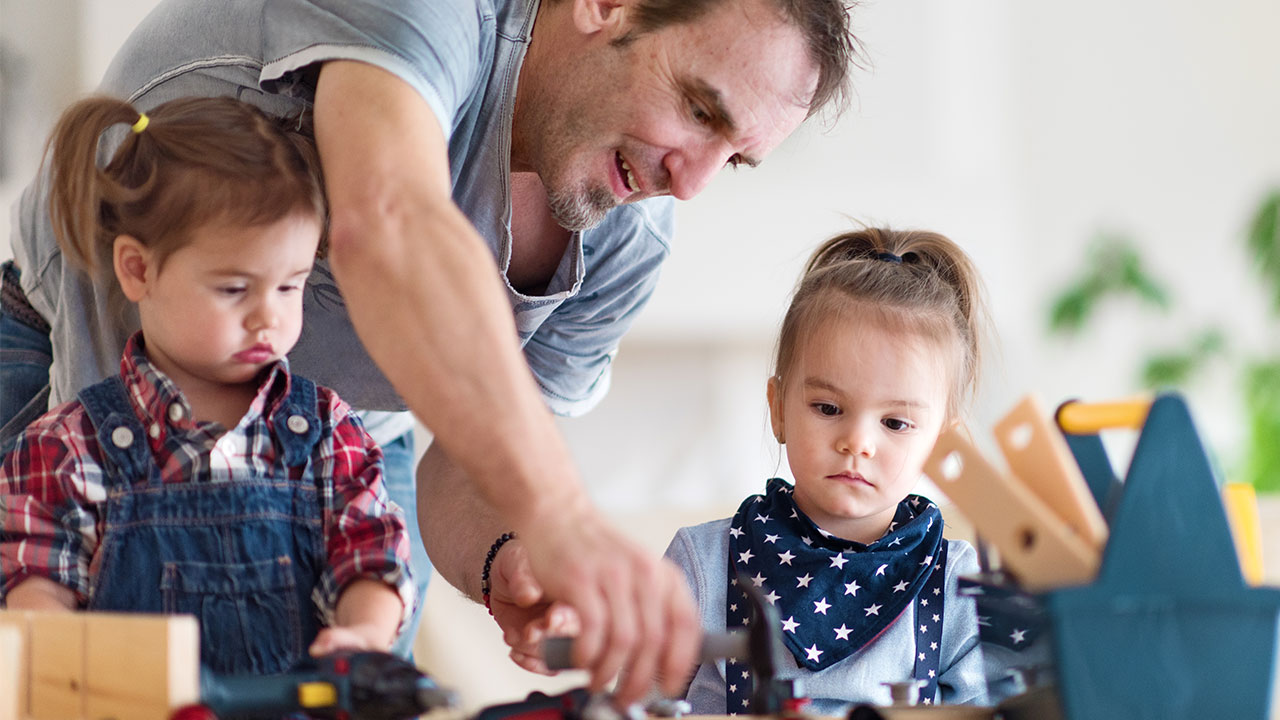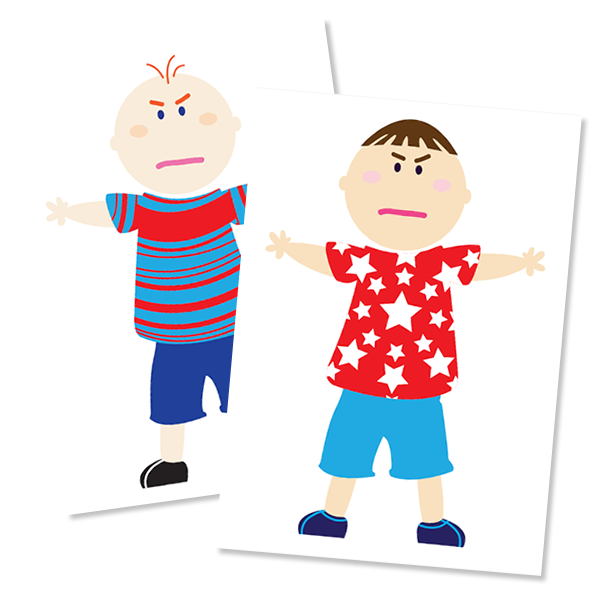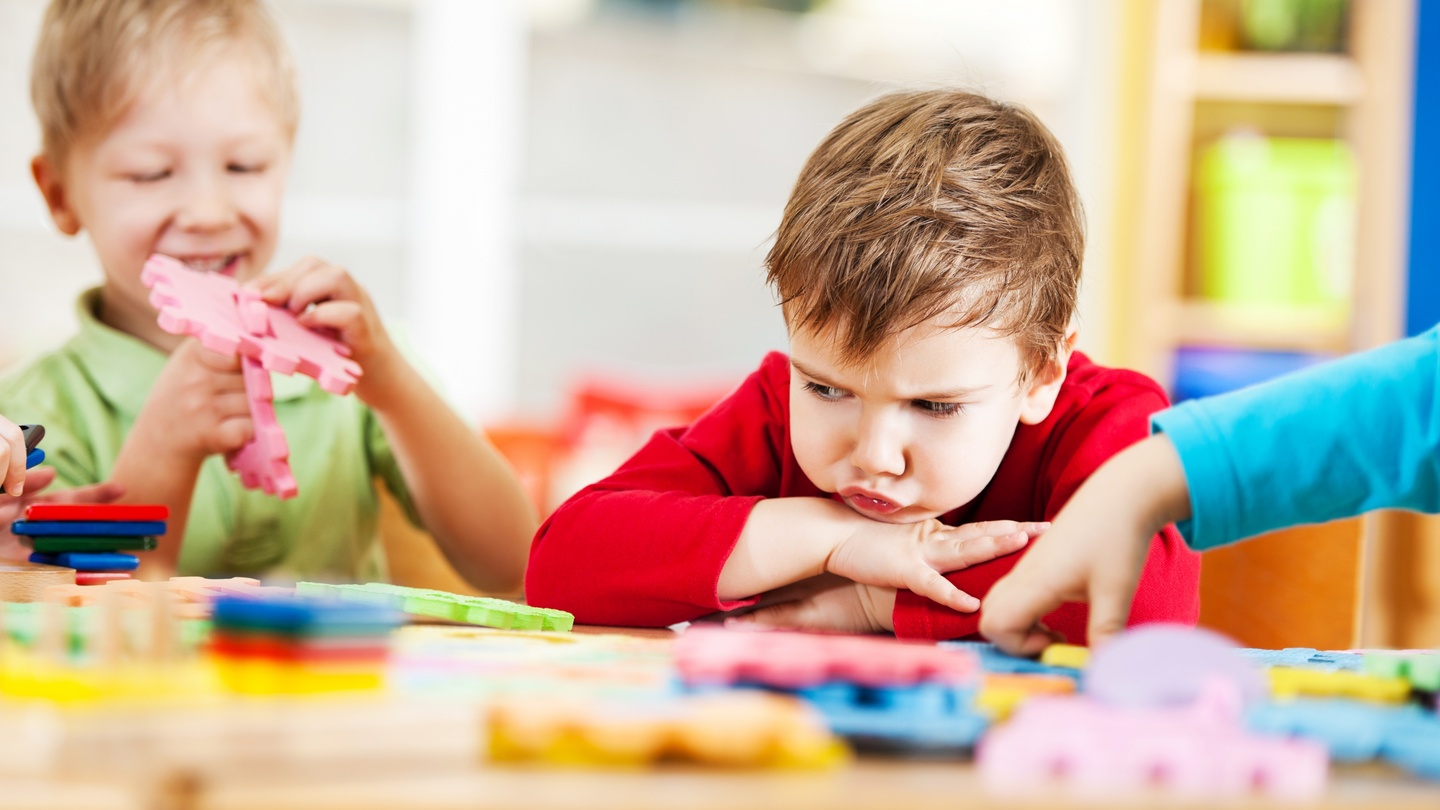Less can be More
I am finding myself coming back to this theme more and more over recent weeks both in my work as a Speech Pathologist and in my personal life.
Take small steps every day and eventually you will get there.
When things feel overwhelming you can focus on this…just taking the next step.
Wow! What a good reminder for all of us; busy Allied Health Professionals or parents of children who have complex and challenging communication difficulties.
Small Steps and AAC
Has your child been recently prescribed a high-tech speech output device? Maybe you have been introduced to LAMP, SNAP Core, TouchChat or Proloquo2Go. Does that sound like another language to you? Well, learning to use AAC can be likened to learning another language. It is another way of communicating and is quite different to using only spoken language. Learning how to use an augmentative and alternative communication system is a BIG GOAL but…if you break it down into small steps it can be achievable in a manner that is not overwhelming for parents, educators or children.
Families we work with who have seen success with introducing AAC all seem to have one thing in common; they have taken it slowly and persisted with small steps over time. If it is all feeling overwhelming right now, work with your Speech Pathologist to choose focus words and try introducing only 1 word at a time. Model as well as encourage your child’s functional use of this word in everyday routines and take it slowly.
Less can be more. We can focus upon building your child’s use of all the vocabulary that AAC has to offer step by step. It doesn’t have to be all at once!
Small Steps and Speech Pathology Goals
So your child has been diagnosed with a communication impairment… therapy is recommended. The next stage will be to decide upon goals.
My advice is that less is more. Choose no more than 3 small things to achieve. Choose goals that are important, that have meaning and that will make a significant difference for your child but keep them small and really specific.
Achieving these small goals helps your child to inch towards achieving those big, longer term goals whilst being motivated by small wins and success along the way.
This is far more effective than standing at the bottom of the ladder, looking up and giving up because it all feels too hard.
Remember
Choose a small number of goals that are specific, small and achievable. This applies if your child is in therapy or if you are feeling overwhelmed with your role in all of this as a carer of a child who requires the services of a Speech Pathologist or other service provider.
You can say ‘no’
There are no quick fixes in therapy..not when it comes to Speech Pathology. Families need to be able to fully commit and engage in the therapy process for children to make good progress. It is okay if now is the not the right time […]



